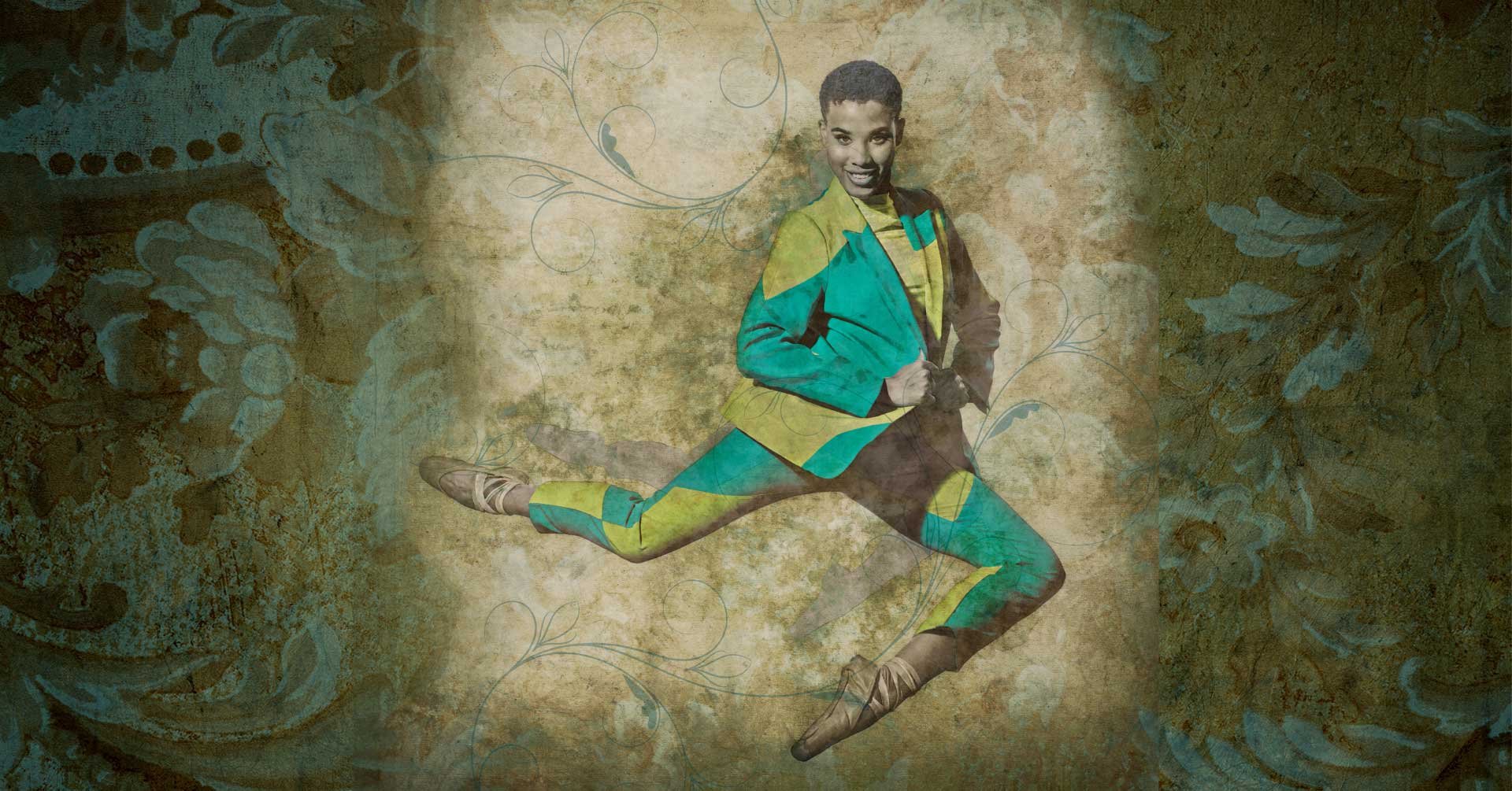“Sans Pareil” - Unparalleled: a new cohort of artists joins the Chicago Black Dance Legacy Project
an interview with CBDLP Program Director, Princess Mhoon
Princess Mhoon, Director of the Chicago Black Dance Legacy Project
Photo: Matt Karas
The Chicago Black Dance Legacy Project (CBDLP) was formed when Tracie D. Hall, then the Director of the Joyce Foundation's Culture Program, recognized the disparity in support, both financially and in terms of recognition, for Chicago’s rich network of Black dance companies. Through a partnership with the Logan Center for the Arts at the University of Chicago and significant lead funding from the Joyce Foundation, the CBDLP welcomed its first cohort of eight companies in 2019. In March 2021, Princess Mhoon, a born-and-raised Chicagoan, and an artist with deep ties to the dance community here, took the helm as Director of the CBDLP. She is now leading the Project in welcoming its second cohort, this time comprising 10 dance companies, and kicking off with their first concert – titled Sans Pareil – happening at the Logan Center on March 25 and 26, 2023.
Jess Hutchinson, Editorial Content Manager for the Logan Center and UChicago Arts, sat down virtually with Princess, who divides her time between Chicago and Washington D.C., for a conversation about her history, perspective, and why the CBDLP is a vital force in Chicago’s contemporary artistic landscape.
Jess: Tell me about what brought you to the Chicago Black Dance Legacy Project.
Princess: I was born in Chicago during the Black Arts movement in the 1970s. Both my parents were artists. They were founding members of Najwa Dance Corps and Muntu Dance Theatre, both of which are companies that are part of the Chicago Black Dance Legacy Project. I have worked with five of the eight companies in the first cohort during my training or as a professional dancer, so my roots run deep in Chicago.
After finishing high school on the South Side at Kenwood Academy in Hyde Park, I went on to Howard University in Washington, DC, and was a dance major there as a part of the first graduating class of dance majors in the College of Fine Arts. Howard is the first HBCU to have a dance major in the US. After graduation, I eventually went on to New York to become a dancer and choreographer, toured the world, did some musical theatre and television, then came back to DC and opened my dance studio, won awards for the institute, directing and choreographing, and was eventually invited to the White House during the Obama administration as a leader in the field of dance, and continued my work in choreography and directing. So, I've lived in several different spaces between being an artist, a creator, and an entrepreneur. Then I went back to Howard to pursue my master’s in history. At the time I was a musical theatre professor at HU and it made sense to pursue an advanced degree. I was also thinking about the content of my work and how to make it more meaningful for audiences: as a choreographer, I wanted to come up with a historical approach to my work. Like many, I was inspired by Katherine Dunham, who went to UChicago; her work was anthropological, but I used history as the foundation for my research instead. And part of that desire, too, was that I was not seeing any of the folks who trained me out of Chicago in history books. I wanted to figure that out. I wanted to tell their stories.
My thesis was on Black dance in Chicago, and I always wanted to come back to finish the research. And then I found out about the work happening with the CBDLP and I was encouraged to apply for the job. The Project had been going on for about a year. I knew most of the companies in that first cohort. It was a very quick process to bring me on. And that was two years ago.
The first thing I did was ask if the Logan Center and the original eight companies of the cohort wanted to continue this work after the initial three years and first cohort of the Project was complete. The unanimous vote was “yes,” so we developed a strategic plan. And here we are. It has been an incredible journey that has turned into something huge.
Jess: What kinds of support does the CDBLP offer to its companies?
Princess: There are four pillars for the project. The first is capacity building: helping companies grow. There is advocacy: I represent this work in different spaces, different conversations, advocating for them in different ways. It could be for more funding or to connect them with opportunities that they're interested in. Then we have an archive project. We have partnerships with several different institutions around the city, starting with funding through the UChicago Women's Board and the Black Metropolis Research Consortium. We’ve recently partnered with the Newberry Library to build collections detailing the histories of our participating companies. And we present. There are two or three performances per year where there is a shared program featuring all the cohort companies that I help to direct or curate to bring together a range of artistic styles that are the legacy of Black dance in Chicago.
Jess: What are you seeing as the biggest benefits for the cohort companies so far?
Princess: Some of companies are saying the biggest benefit is that being part of this cohort broke silos and brought the companies into conversation. If this company is over here has built certain kind of expertise, and this company over here is doing something else, they can use these conversations to figure out how to share knowledge and enhance the dance landscape overall. The CBDLP has conducted several workshop series and is planning more shared workshops: one company might have an incredible fundraising strategy, and they share how they do it. I am inspired by the fact that these companies have been doing incredible work all along. They only needed someone on the trumpet saying, hey, this work is being done... So, I'm the trumpet person. Maybe I'm adding some notes into the song that they didn't know were there, but I, and the entire Logan Center team help bring awareness to this work and their legacies. We are advocating and inviting everyone to join the dance.

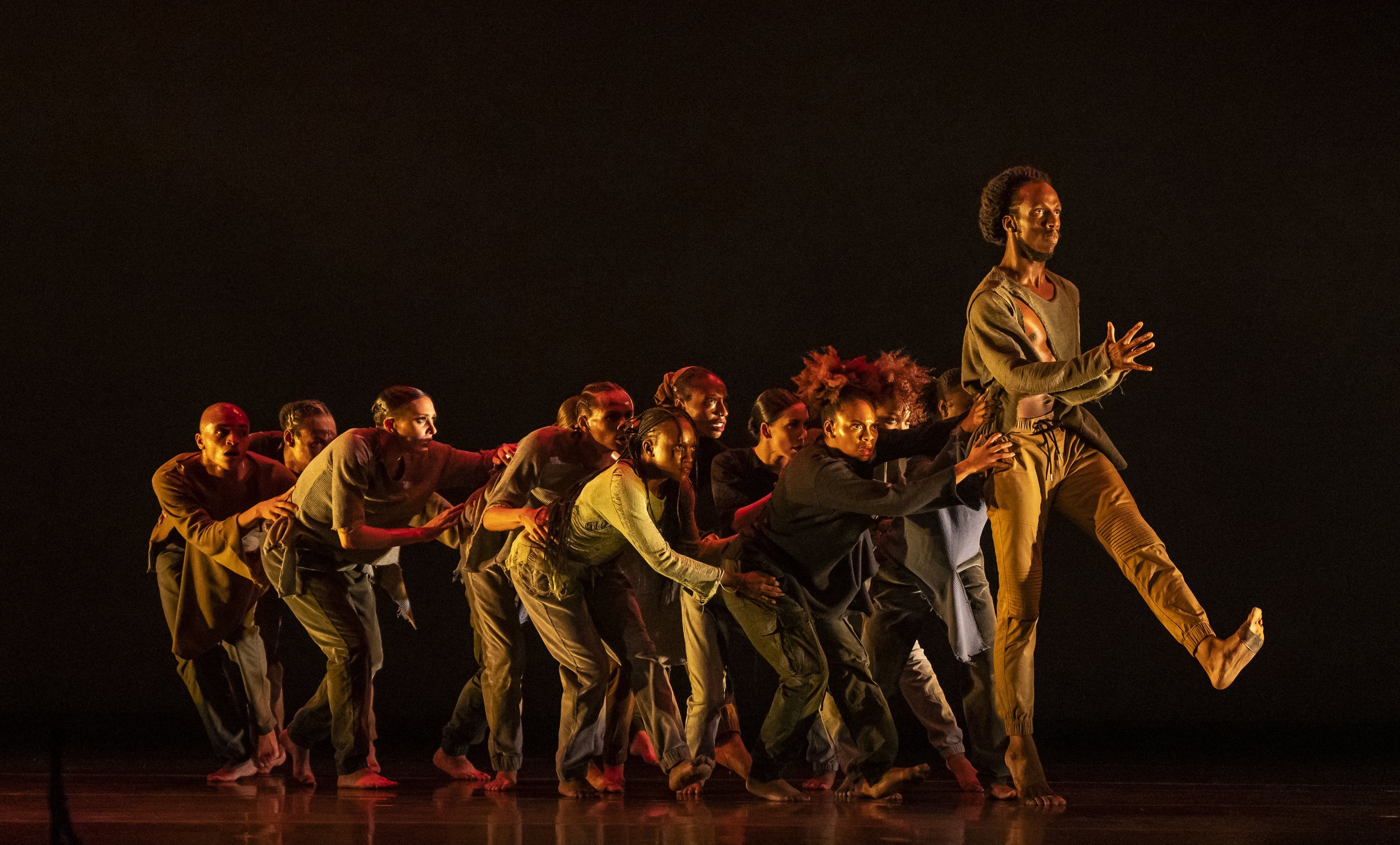
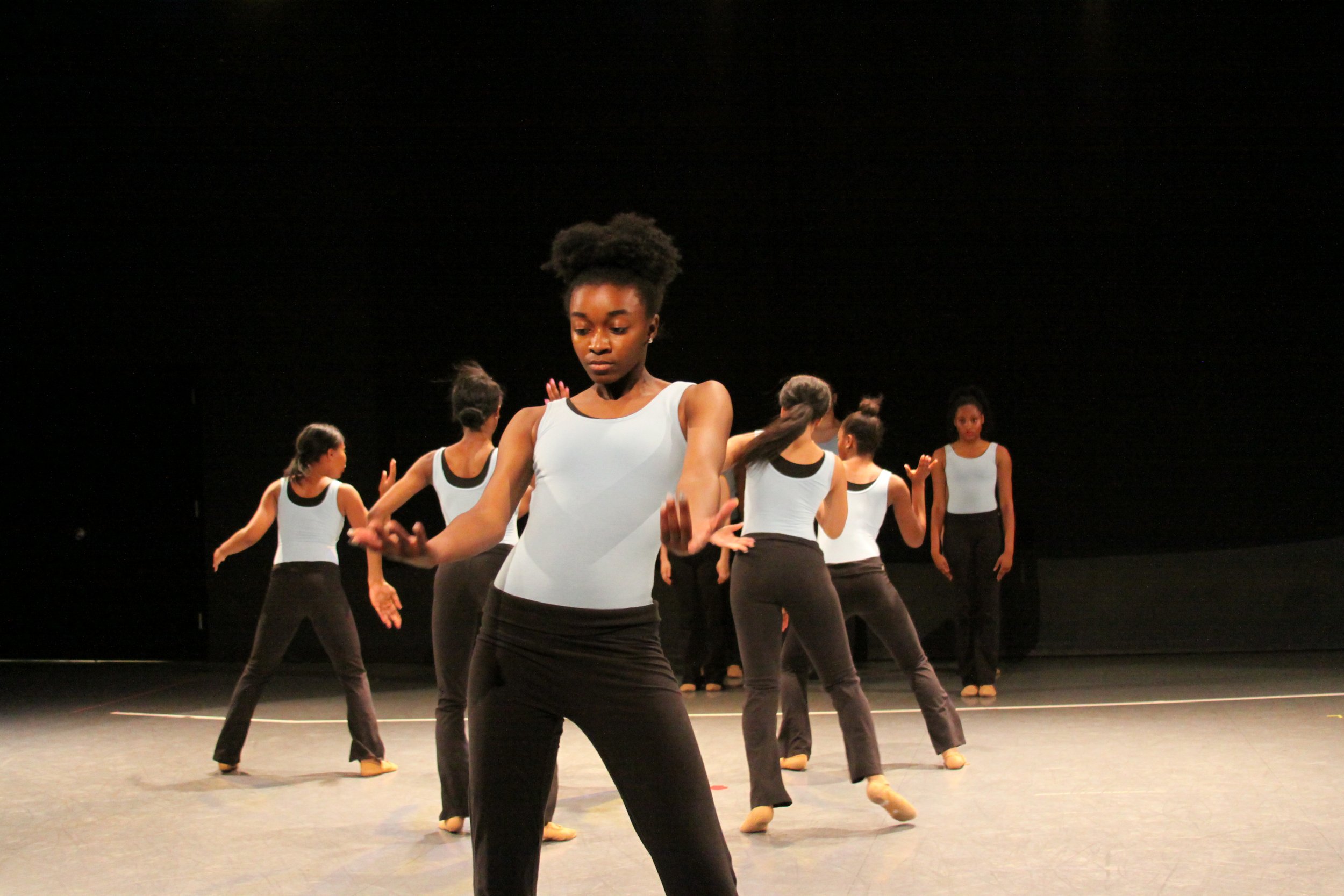
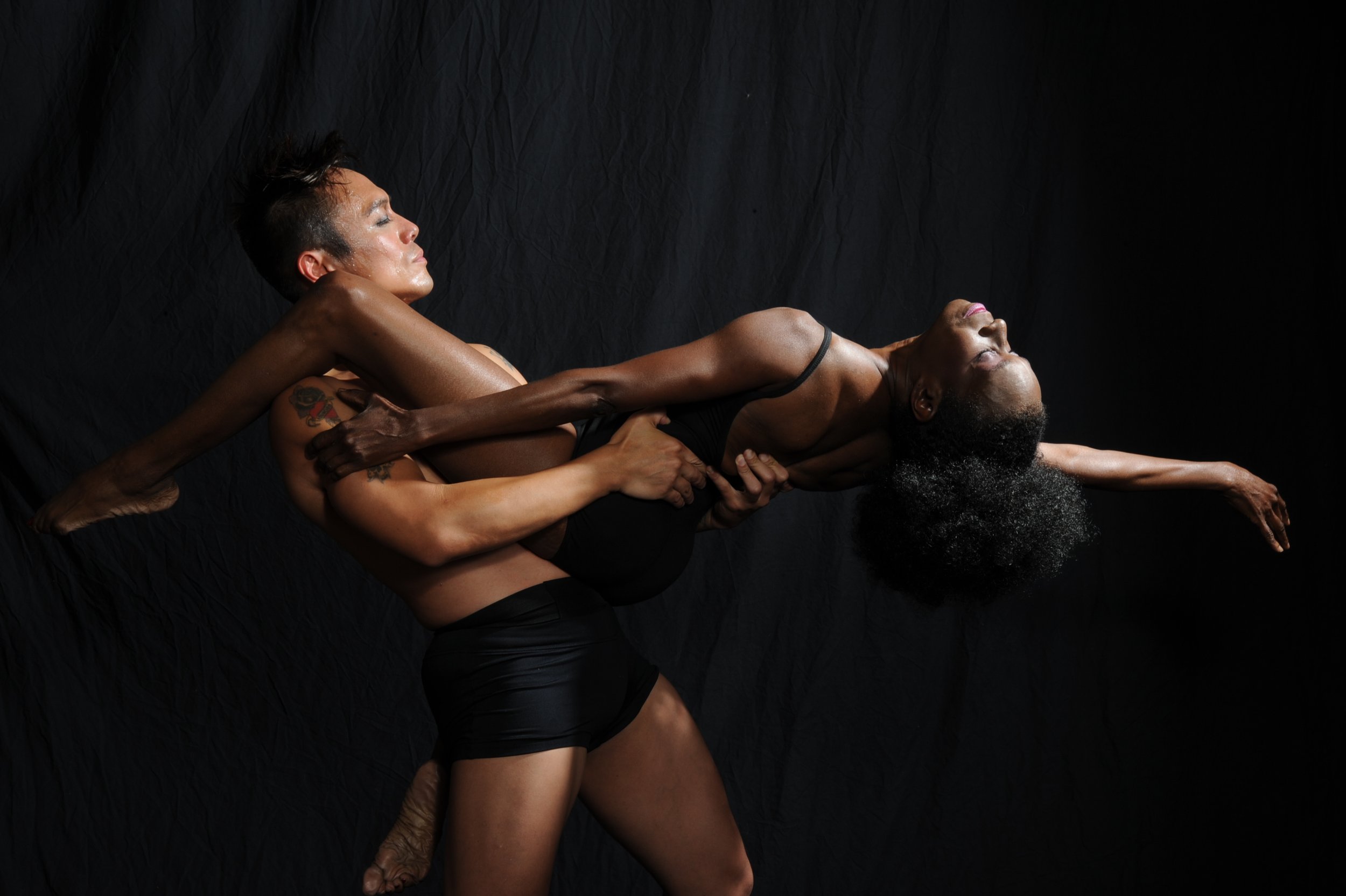
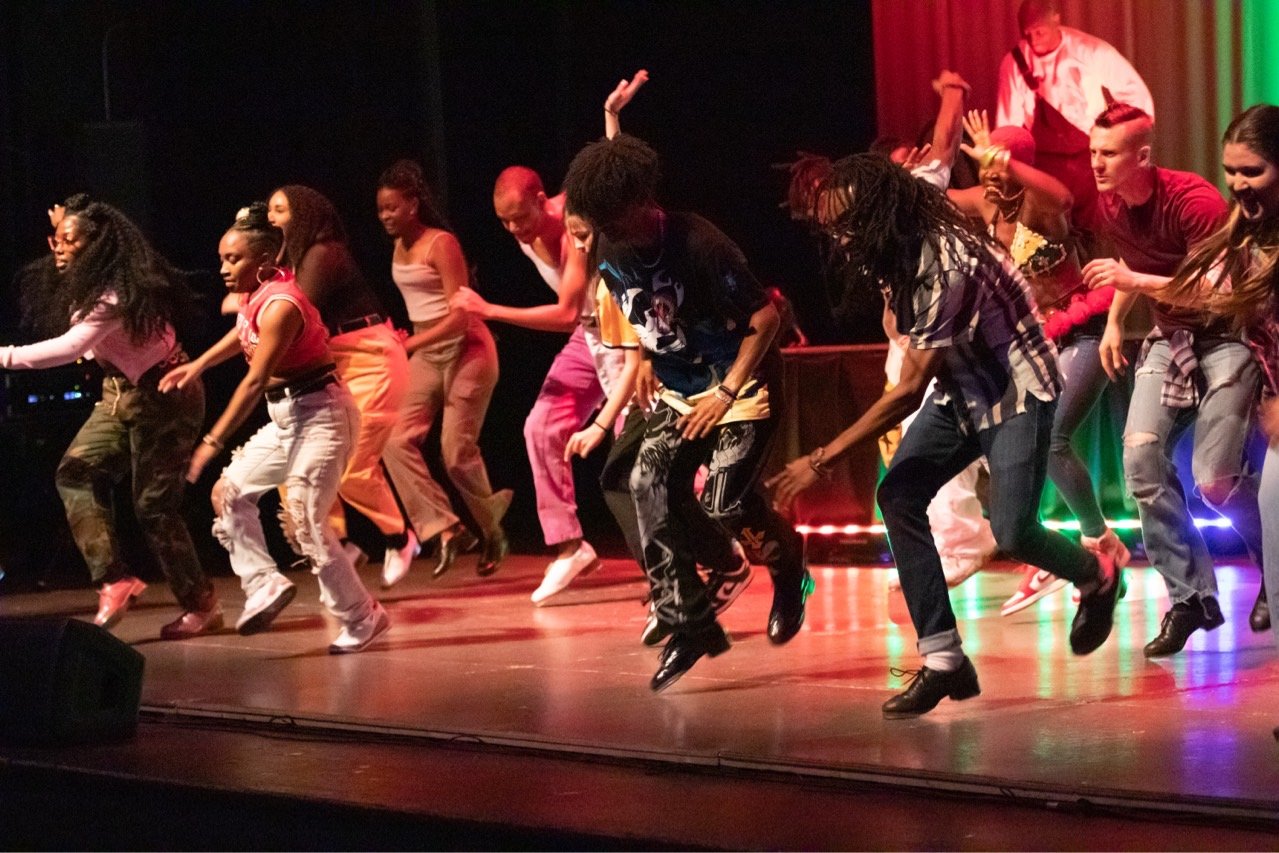
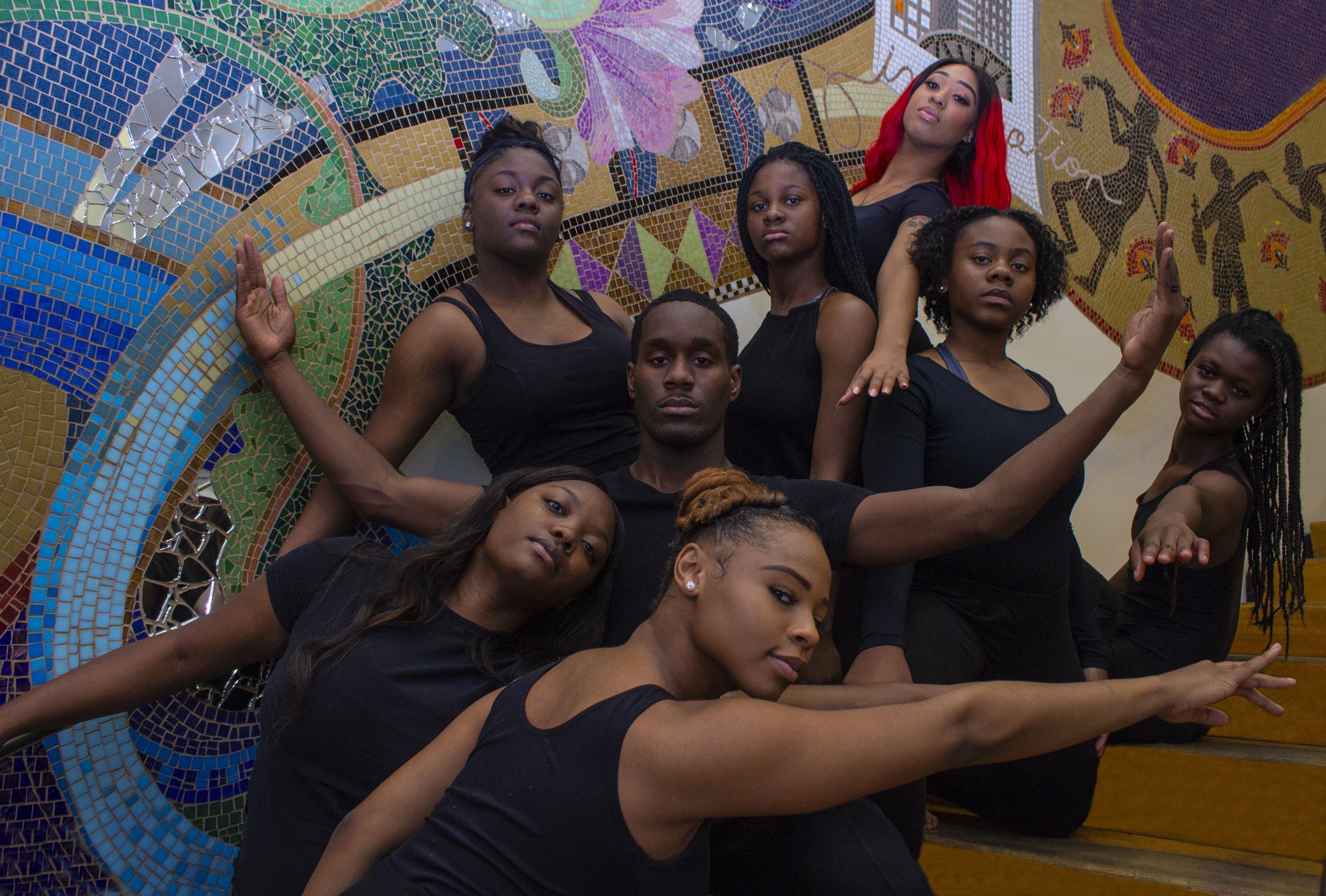
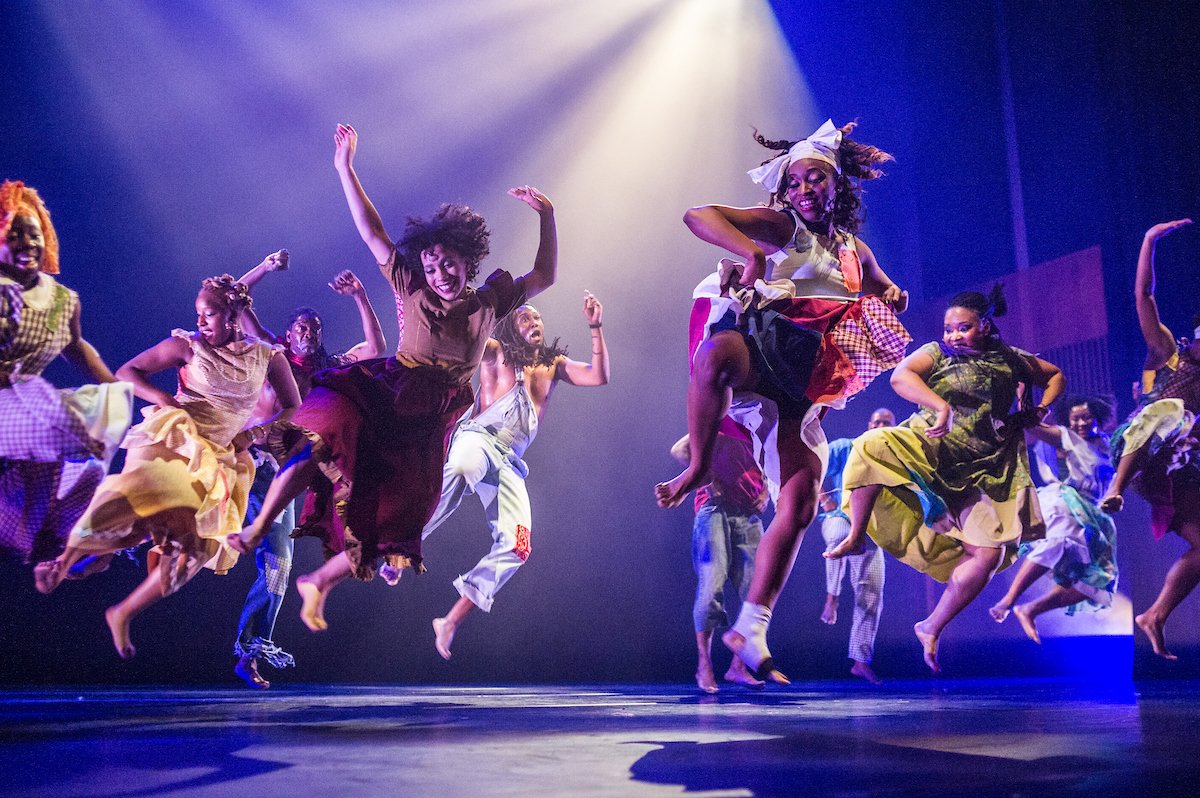
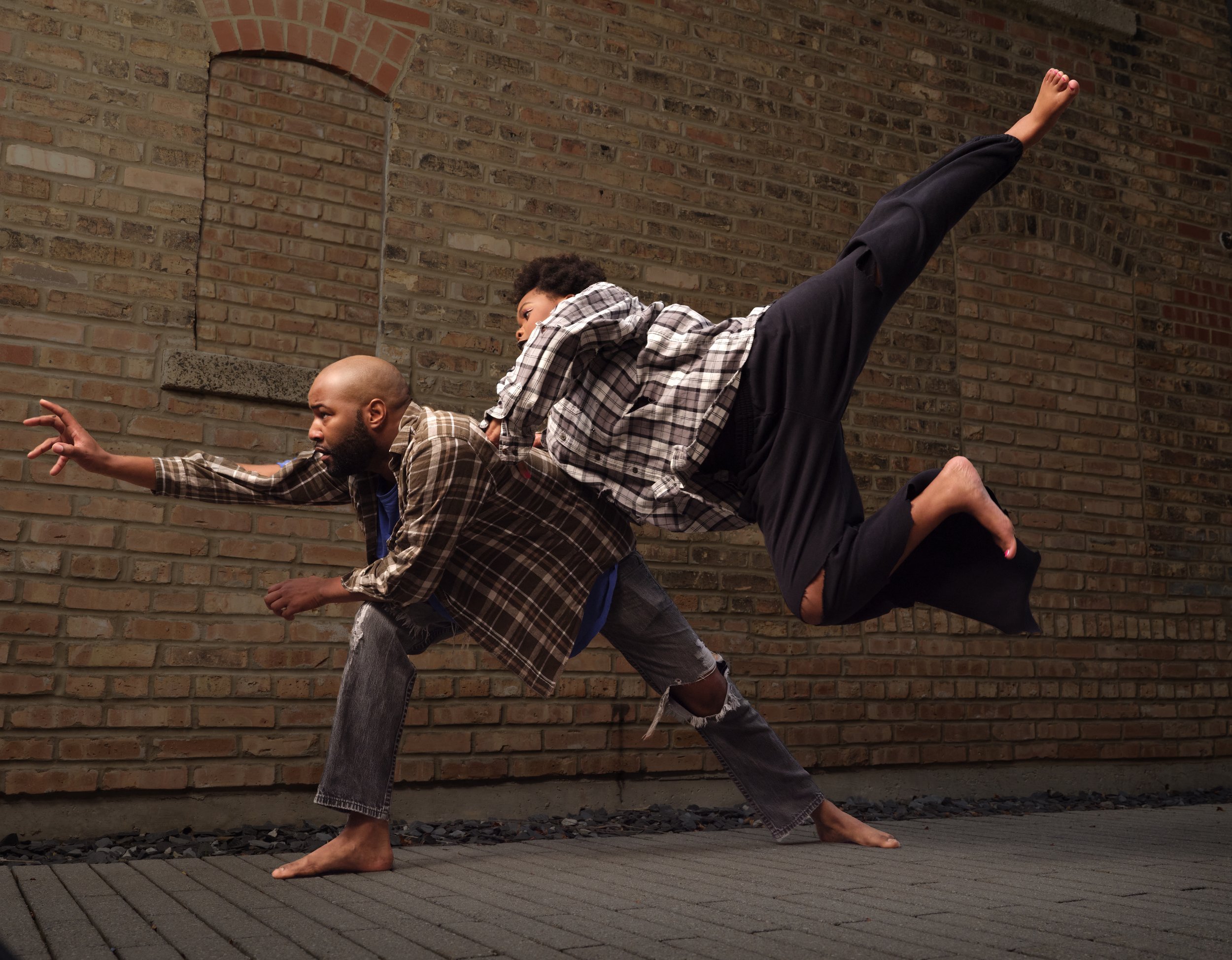
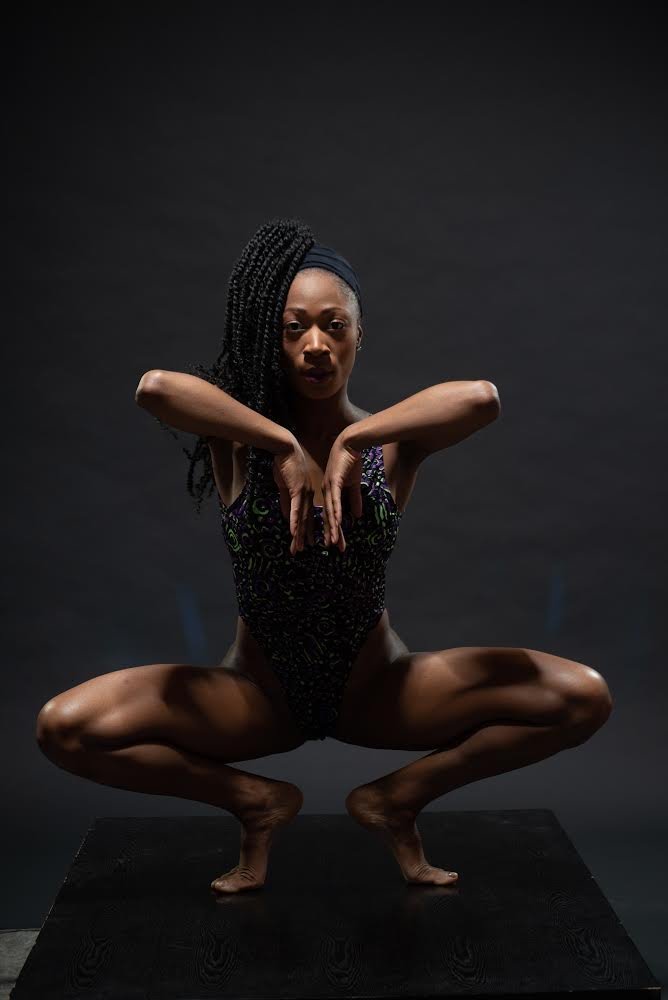
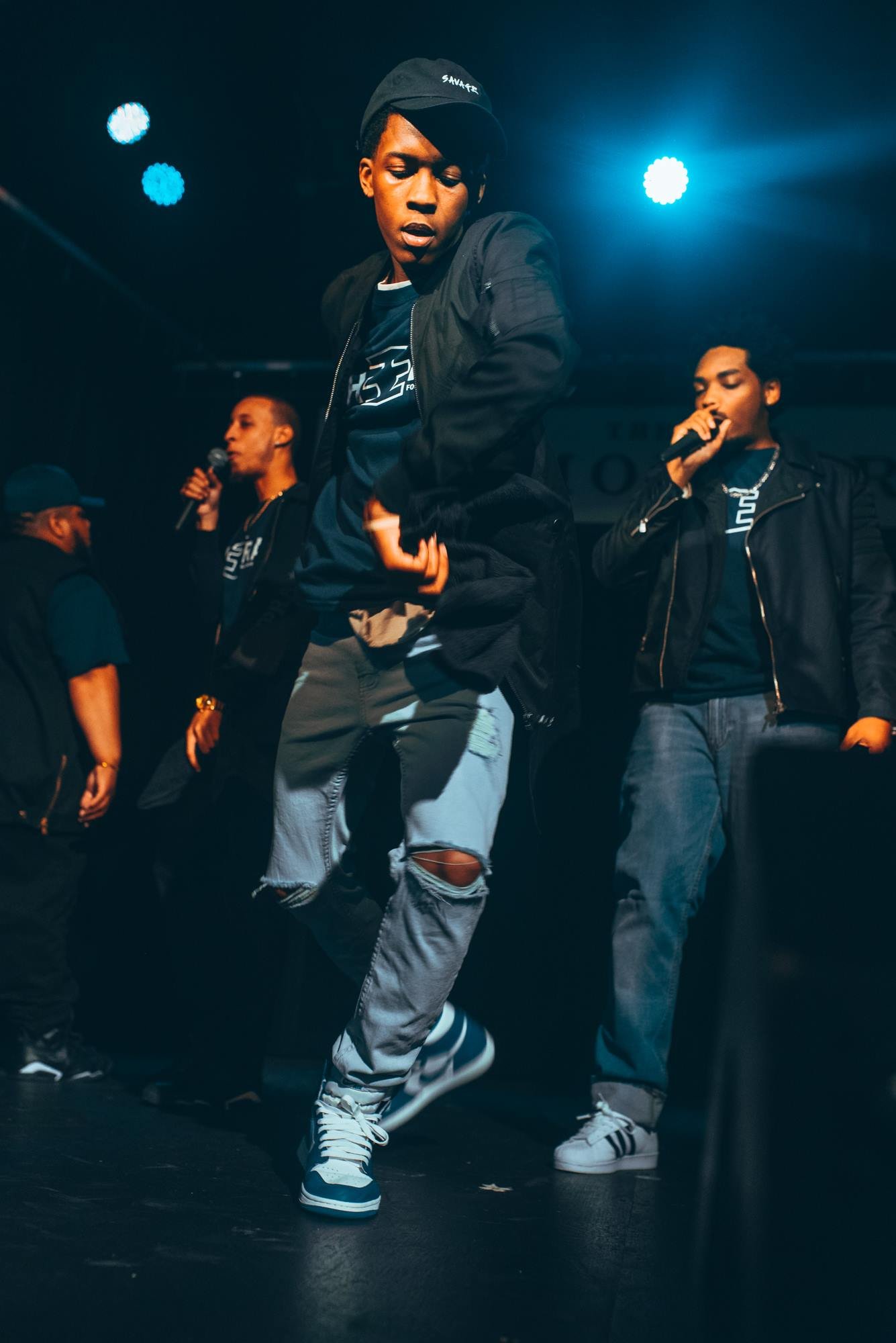
Jess: For people who are so busy doing the work it can be hard to have a sense of where your work fits within the full landscape.
Princess: That's the capacity building piece we're talking about. If you're creating the work you're in rehearsal, you're writing grants. Who advocates for you? Or let's say you're doing the work, but you don't have money to pay your dancers for rehearsals because you don't have time to write the grants. So now you have someone to help get a little bit more money and then talk to funders and say, hey, they actually need funding for this too. And then that makes the work better. Or you're in the work you've been doing something a certain way for so long, and then you get into a shared performance, and you realize you could be approaching this on another level. And that's the beauty of the breaking of the silos: the cross-inspiration. We're all going to find a way to change the landscape through our collective efforts and identity.
Across the cohort we have traditional African, we have hip hop. We have tap, modern, ballet. So if someone is loving modern dance, but they have never really been to an African dance concert, all of a sudden you get this shared audience to create a greater appreciation for the overall art form and to create an understanding of the different aesthetics. They get a chance to see the technique. They might even be able to see the similarities and differences, and some of the cross-pollination of culture when they're looking at the stage. Because Black dance is American dance, right? And you're not just going to see all Black dancers on the stage. We're just saying this is our voice. This is the Black tradition in American dance, and truthfully, we're all a part of that.
Jess: So, you've had one cohort already. There are some continuing companies and some new-to-the-cohort companies. What did you learn from the first cohort that you're excited to bring into this second cohort?
Princess: When I came into the Project, there was this investment in trying to help all the companies through one program model. However, we learned that they were all at a different place in the lifespan of their organization, and they all had different needs. So going into the second cohort, we have designed a model where we can still move as a collective while addressing companies’ individual needs. Through our partnership with the Office of Civic Engagement at UChicago, each company completes a 100-question assessment of their organization and then, based on those outcomes, we have a sit down with each individual company to look at their strengths, potential areas of improvement, and then figure out where they really want to focus based on that assessment. Then we're able to grant them dollars to execute the plan, which the Office of Civic Engagement partners with them on executing over the two years.
They also get general operating support as well as the capacity building funding. We've also worked hard to increase the honorariums for the artistic work that they do with the performances. We also have archive project funding now. We need more of all of it, but it's a great, great start.
NAJWA Dance Corps | photo by Matt Karas
Jess: When you think about your Dream Palace for this project: what does that look like?
Princess: We're getting close. We want it to be what the companies want it to be - that's first and foremost. We want to serve their needs and be driven by their highest potential and their biggest vision for themselves. We want to ask ourselves: did we do this work in a way where the people that it serves feel good about it? Because really, it's not about me. In my dream palace, I want to always be in the space of service to this work, and that all my talents and skills could be used to catalyze who they already are.
Jess: You’re like the engineer. If the companies are the architects of the Dream Palace, you're the engineer who comes in and says, but where are the bathrooms in this beautiful building?
Princess: And let's upgrade the faucets. And we're going to add drapes and we're going to add a view. We're going to add a viewing room and we're going to do surround sound. They are the architects and I'm the engineer that comes in and says let's take it to this next level.
Jess: Yeah, let's make it more than functional. Let's make it as beautiful and impactful as your work is.
I'm thinking about the word “transformation” in reference to this project, led by your experience and the experience of all of these artists and these companies and administrators and everyone who's working toward these companies’ success. Is there something this work can teach the larger city of Chicago about being human, and being humane - being better than we are right now?
Princess: I started doing some more research on Jean-Baptiste Pointe DuSable, a Black Haitian who was the first non-Indigenous settler in Chicago. He was a multiculturalist; he was in conversations with the British and the Native Americans. He was a peacemaker. He started a business. So, he was also an entrepreneur. And so, I was thinking about that legacy and how Chicago is still one of the most segregated cities in the United States. The tale of two cities in Chicago: the extreme wealth and beauty versus the violence and the response to not having enough opportunity and systemic oppression. Some people cannot find their way out, and when they figure things out sometimes the rules of the games change.
So, if you think about all these generations of Black Chicagoans, some of them who have been able to elevate generation after generation and some who have not, who are completely caught up in the cycles and the gun violence—this is an opportunity. If we can continue to tell these stories both directly, but also indirectly through excellence and shining a light on the beautiful work that's done like this upcoming concert.
Because we’re talking about Black dance. And this is the body. The body is what holds the genetic memories. And when you move, that is a language that speaks from generations before you. People can’t define Black dance in only one way. It is the language, it's the historical voices of generations that are speaking and saying this is what it is like, this is the embodied knowledge of the people. To come into the new world and have all your cultural traditions stripped—the music, the dance—and then you still find a way. It's a protest. Dance is a protest. Holding on to that identity is a revolutionary act.
And so, when I think about Black dance, and I think about Chicago and interweaving this legacy of Jean-Baptiste Pointe DuSable: let's tell this story about who really was the first Black person here in Chicago and what he did. And they just renamed Lakeshore Drive after him, so we're not isolated in our acknowledgement, but we're turning our attention to it and saying, hey, we come from this. This is who we are, and we stand in that.
Jess: What haven't I asked you about that want to say about the Project?
Princess: The foundations who are on board right now: I love them. They're truly thought partners, and so invested. This second cohort has lead funding from the Joyce Foundation and the Mellon Foundation and additional support from Walder Foundation, University of Chicago Women’s Board, and the Richard H. Driehaus Foundation. Initial support for this project was provided by the Joyce Foundation, Doris Duke Charitable Trust, and the Chicago Department of Cultural Affairs (DCASE), as well as Pam Crutchfield, Ginger Farley, Maggy Fouche, and other individual donors. It is such a joy, really, to have those relationships. And they keep introducing us to others. I feel so gratified by that.
The Project being housed at the Logan Center is amazing. The Logan Center stepped up to take it on because it would be a capacity issue to do something like this separate from an institution like University of Chicago. And just to say again how grateful we are to all our partners on-campus and off including the Office of Civic Engagement Community Programs Accelerator and the Black Metropolis Research Consortium, DCASE, and the Newberry Library: all of them have been so important in making the Project possible.
Tickets for Sans Pareil are on sale now and can be purchased through the UChicago Arts Box Office. Saturday, March 25, 2023 / 7pm; Sunday, March 26, 2023 / 2pm: Youth Show: 6pm. Tickets: $25 General | $10 Students and Seniors (62+). Click here for more information and to secure your seat.

